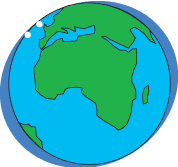Why does one cycle of tides take 24 hours and 50 minutes?
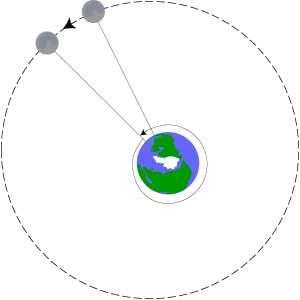
As Earth rotates through its 24-hour day, the moon makes progress in its 27.3-day journey around Earth. In 24 hours, the moon has moved enough so that it takes another 50 minutes for any specific point on Earth to catch up to the moon.
Why do the highest tides occur when the moon is new or full?
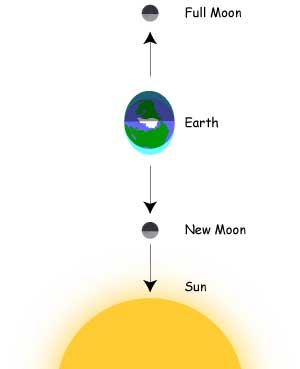
The moon appears new (dark) when it is directly between Earth and the sun (with the sun lighting up its backside), and full when Earth is between the moon and the sun. In both these cases, the gravitational pull of the sun on Earth is added to the gravitational pull of the moon on Earth. The sun's pull is almost half as strong as the moon's, so working together, the oceans bulge even higher.
In most places, the highest tides usually occur a day or two after new or full moon. This is because the tidal waves experience some friction in the ocean. Even though the gravitational pull of the moon is strongest on the day of the new moon, it takes the water a day or two to build up to its peak height.
What causes neap tides?
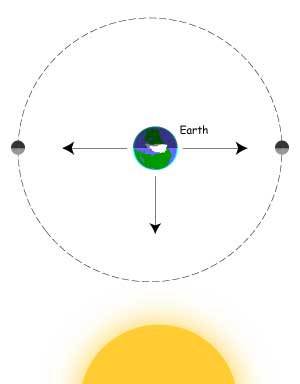
Neap tides are the weakest tides, when high tide isn't very high at all. These occur when the moon is in its first or last quarter (when we see half of its face), and the gravitational forces of the moon and the sun are acting at a 90-degree angle, thus nearly cancelling each other out.
Why do some places have only one high tide and one low tide in a day?
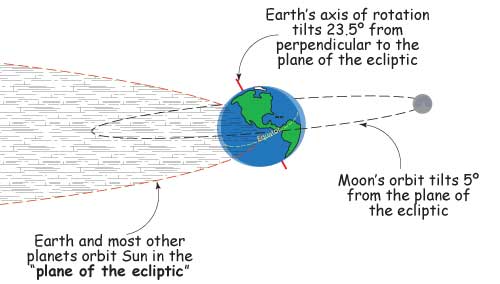
This is where predicting the tides gets more complicated. The moon does not orbit Earth directly around the equator. For one thing, remember that Earth's axis of rotation is tilted by about 23.5 degrees from the plane of its orbit around the sun. This tilt is what causes the seasons. Also, the moon's orbit around the Earth is tilted by about 5 degrees from the plane of Earth's orbit around the sun.
Click to start or stop animations
Thus, the maximum tidal bulge will usually be either above or below the equator. Sometimes, some places on Earth experience only one of the two tidal bulges in a day, producing only one high tide.






